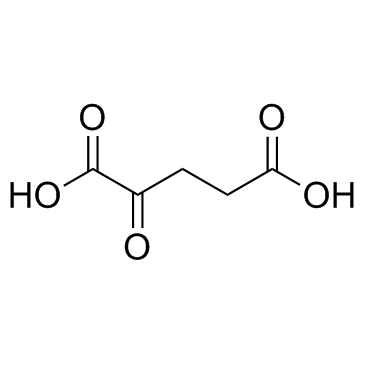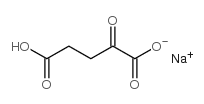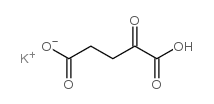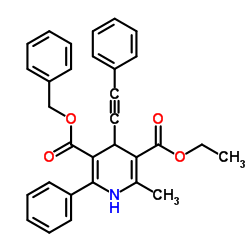| 结构式 | 名称/CAS号 | 全部文献 |
|---|---|---|
 |
α-酮戊二酸
CAS:328-50-7 |
|
 |
谷氨酸脱氢酶
CAS:9029-12-3 |
|
 |
BPTES
CAS:314045-39-1 |
|
 |
LPHA-酮戊二酸钠
CAS:22202-68-2 |
|
 |
α-酮戊二酸单钾盐
CAS:997-43-3 |
|
 |
谷氨酸-草酰乙酸转氨酶 来源于猪心脏
CAS:9000-97-9 |